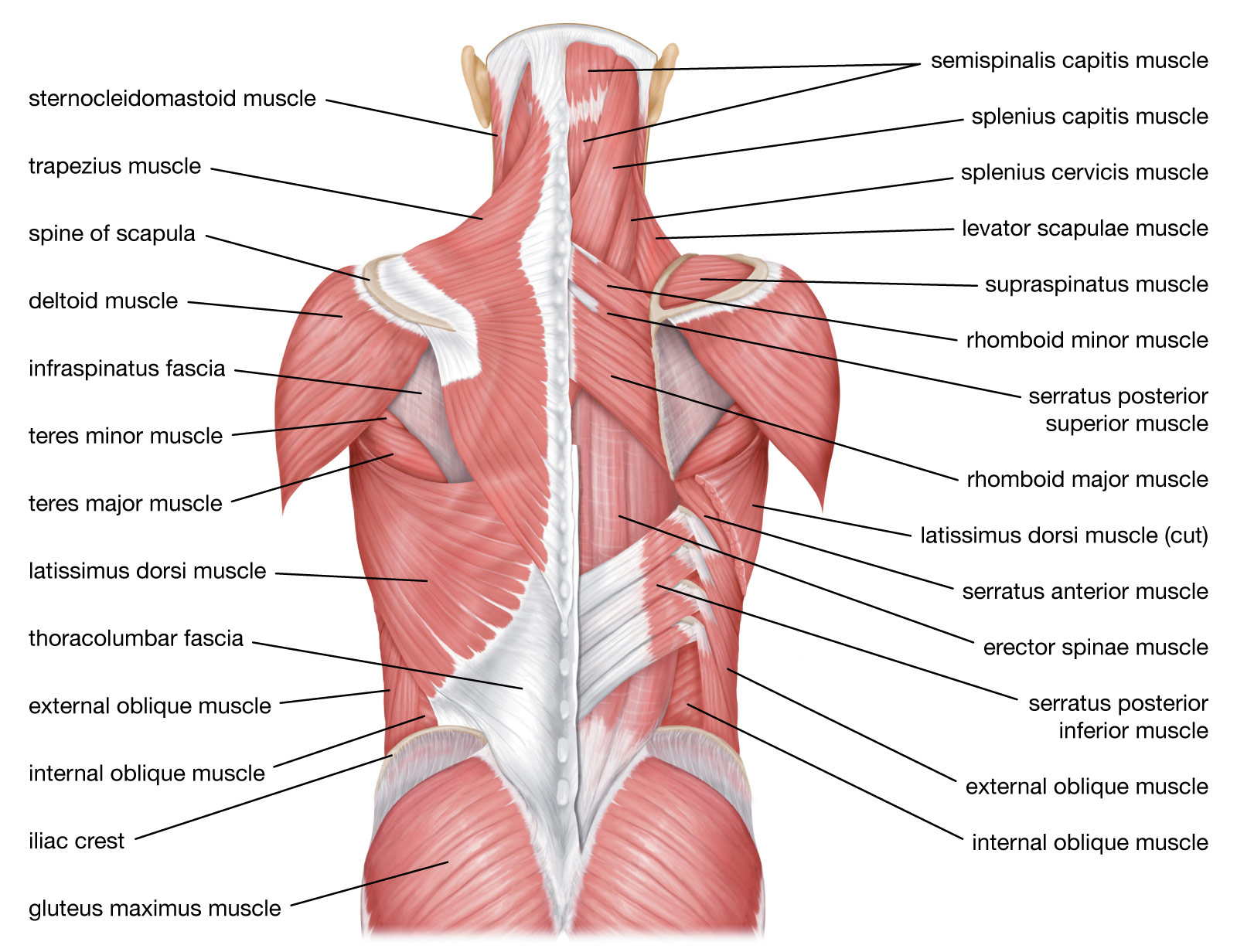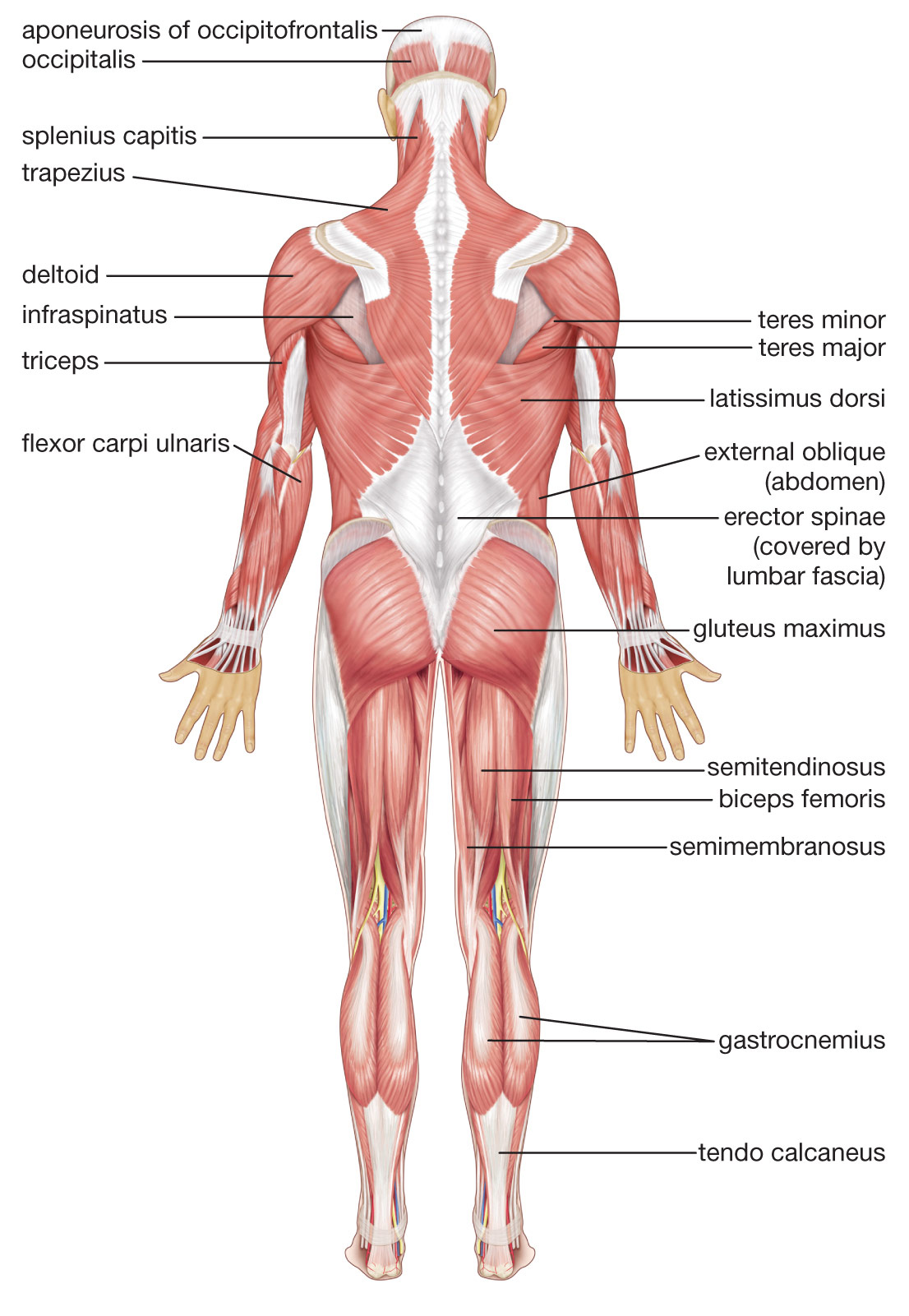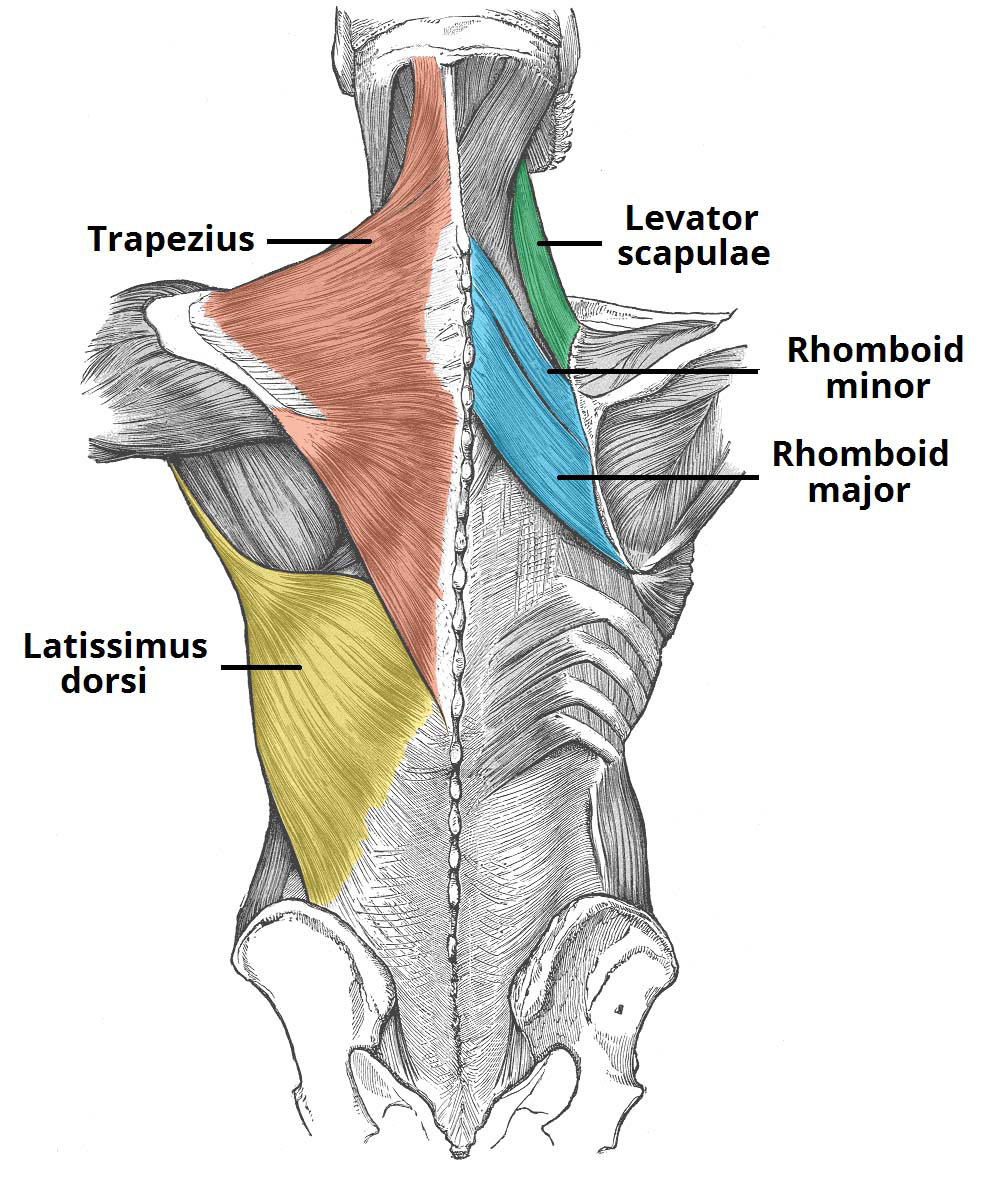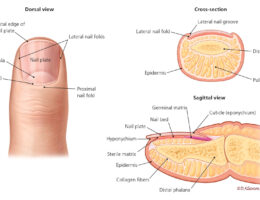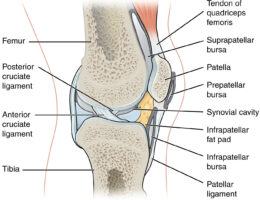A labeled diagram of the back muscles may include the following muscles:
- Trapezius muscle: A large muscle that extends from the base of the skull to the middle of the back, and helps to move and stabilize the scapula.
- Latissimus dorsi muscle: A large muscle that extends from the lower back to the upper arm, and is responsible for adducting and extending the arm.
- Rhomboid muscles: A pair of muscles that lie deep to the trapezius, and help to retract the scapula.
- Erector spinae muscles: A group of muscles that run along the length of the spine, and help to extend and rotate the back.
- Multifidus muscle: A muscle that lies deep to the erector spinae, and helps to stabilize the spine.
- Splenius muscles: A pair of muscles that extend from the base of the skull to the upper thoracic vertebrae, and help to rotate and extend the neck.
- Levator scapulae muscle: A muscle that runs from the upper cervical vertebrae to the scapula, and helps to elevate the scapula.
These muscles work together to support the spine, maintain good posture, and provide a wide range of movements of the back, neck, and shoulders. They are also important in various sports and physical activities that require strength, endurance, and mobility of the back muscles.
